The impact of COVID-19 on the Dallas housing market
The Initial Shock: March 2020 and Beyond
In March 2020, the world was plunged into uncertainty as governments imposed lockdowns and social distancing measures to curb the spread of the coronavirus. Dallas, like many other cities, saw an immediate impact on its housing market.
Market Slowdown: With the uncertainty surrounding the pandemic, the Dallas housing market experienced a noticeable slowdown in the early months of the crisis. Buyers and sellers were hesitant to engage in real estate transactions.
Temporary Price Drops: Some sellers dropped their prices in an attempt to attract buyers. These were primarily short-term adjustments as sellers tested the waters during the uncertain period.
Reduced Home Showings: Social distancing measures and health concerns led to a reduction in home showings and open houses. Virtual tours and online listings became essential tools for both buyers and sellers.
Government Interventions
The federal government and the state of Texas introduced various measures to help homeowners and renters navigate the financial challenges brought on by the pandemic.
Mortgage Forbearance: The CARES Act allowed homeowners with federally-backed mortgages to request forbearance for up to 180 days, providing temporary relief from mortgage payments.
Eviction Moratoriums: In order to protect renters, the federal government implemented eviction moratoriums. Many landlords in Dallas had to adjust to these restrictions.
The Rise of Remote Work
The pandemic accelerated the shift towards remote work. Companies in Dallas, as elsewhere, adapted to this new reality by allowing employees to work from home. This had a significant impact on the housing market.
Desire for More Space: Remote work led many individuals and families to reevaluate their living spaces. The need for a home office or extra room became a top priority for many buyers.
Suburban Migration: Some residents sought larger properties in suburban areas outside of Dallas, where space is more abundant and properties often come with larger yards.
Home Renovations: With remote work becoming a long-term trend, homeowners began investing in renovations to create functional workspaces within their homes.
The Seller’s Market Returns
As the initial shock of the pandemic began to subside, Dallas experienced a resurgence in its housing market. Here’s how the market adapted:
Seller’s Market: Dallas became a seller’s market once again. The increased demand for homes, combined with a lower supply of available properties, led to a rise in home prices.
Bidding Wars: Multiple offers and bidding wars became common, especially for properties priced competitively and in desirable neighborhoods.
Fast Sales: Homes began selling faster, with some properties receiving offers within hours or days of listing.
Low Mortgage Rates
One of the key drivers of the post-pandemic Dallas housing market has been historically low mortgage rates. The Federal Reserve’s efforts to stimulate the economy included keeping interest rates near zero, which had a profound effect on homebuyers.
Affordability: Low mortgage rates increased the affordability of homes, allowing buyers to consider more expensive properties.
Refinancing: Many homeowners in Dallas took advantage of low rates to refinance their mortgages, reducing monthly payments and potentially freeing up funds for home improvement projects.
Investor Activity: Low rates also attracted real estate investors looking to capitalize on rental properties and secure long-term assets.
Continued Demand for Outdoor Spaces
The pandemic’s emphasis on health and safety led to an increased demand for outdoor spaces. In Dallas, properties with spacious yards, pools, and outdoor living areas became highly sought after.
Pools and Outdoor Living: Homes with pools, outdoor kitchens, and well-landscaped yards became especially attractive.
Green Spaces: Proximity to parks and green spaces was another selling point for properties as people sought outdoor recreational areas.
Long-Term Trends and Future Predictions
The Dallas housing market has shown remarkable resilience in the face of the pandemic. As we look to the future, several long-term trends and predictions have emerged:
Urban Revival: Although the suburbs experienced increased demand, the appeal of urban living is likely to return as the pandemic subsides. Dallas’s vibrant city life is expected to draw residents back.
Low Inventory: The shortage of available properties may continue, sustaining the seller’s market and keeping prices on the rise.
Rise of Second Homes: The ability to work remotely has led to increased interest in second homes in desirable destinations within driving distance of Dallas.
Interest Rates: While interest rates remain low, they are expected to rise gradually, potentially affecting affordability.
Flexible Living Spaces: As remote work becomes a more permanent option, homes with adaptable living spaces will continue to be highly sought after.
The COVID-19 pandemic has left an indelible mark on the Dallas housing market. From the initial slowdown and price drops to the subsequent resurgence and bidding wars, the market has demonstrated remarkable resilience. As Dallas residents and newcomers adapt to the new normal, the city’s real estate market is poised for continued growth and evolution. Understanding these shifts and trends can help both buyers and sellers navigate the dynamic landscape of the Dallas housing market in a post-pandemic world.
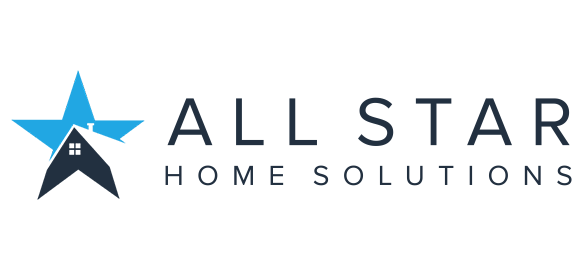
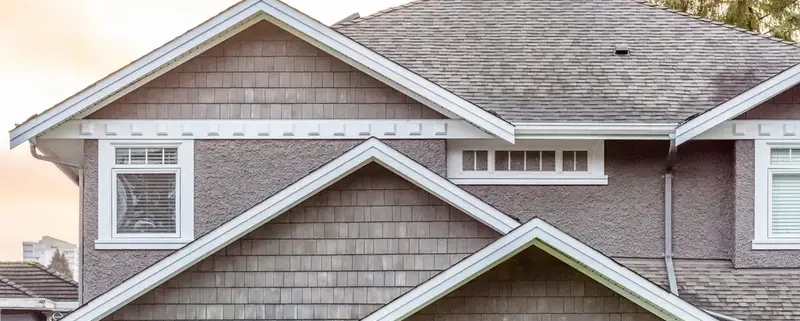
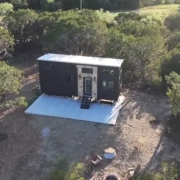
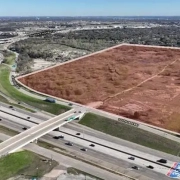
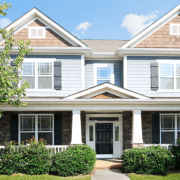

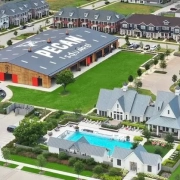
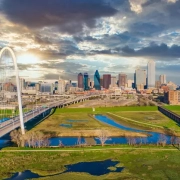
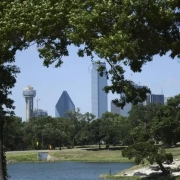
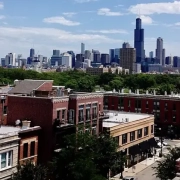






Leave a Reply
Want to join the discussion?Feel free to contribute!